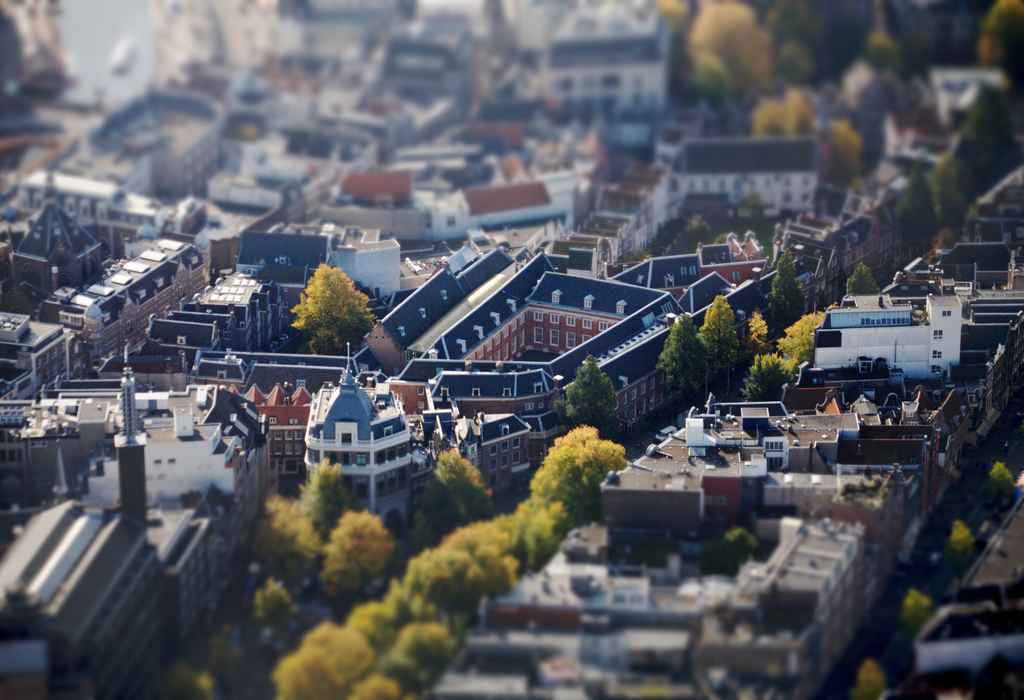In collaboration with Ecuadorian space scientists, Indigenous scholars, environmental lawyers, and multimedia artists, my latest project, Decolonizing Earth Observation, reimagines how the Amazon is visualized from low Earth orbit. This research aims to recalibrate satellite imaging away from extractive and surveillance purposes towards ecological restoration and Indigenous sovereignties. Specifically, we explore how Earth observation evolves when nature is granted constitutional rights and oil extraction is governed democratically.
As part of this project, I am working on a documentary about a family of llamas living in a space station located at the foothills of the Cotopaxi volcano in Ecuador. This station was built by NASA in the late 1950s as part of the first U.S. satellite tracking network, which later became part of NASA’s ground control for the Apollo missions.
My previous research in Catalonia focused on the interplay between democracy and austerity, with particular attention to the political imagination of nationalism, the gamification of crisis, the clinical economy of speculation, and the financialization of care in later life. This ethnographic work formed the basis of my PhD in Anthropology at the University of California, Davis, and now serves as the foundation for my book manuscript, tentatively titled Austere Demos: The Political Life of Financial Markets.
For the past twenty years, I have collaborated with prisoners, former prisoners, and their families to develop an abolitionist anthropology focused on dismantling oppressive institutions and radically reimagining democracy. My first book, Cacería de Brujos (2006), is an ethnography exploring how inmates establish self-governance and develop mechanisms to avoid everyday violence. Building on this work, my second book, Crítica a la Ideología de la Seguridad Ciudadana (2011), examines the securitization of urban life and the practices of neoliberal policing. In 2021, I directed a policy report on the Ecuadorian prison system and its data infrastructure, entitled Diagnóstico del Sistema Penitenciario del Ecuador.
Based on my research, I produced the documentary El Comité: La Toma del Penal García Moreno (2005). This film follows a group of inmates as they took over Ecuador’s oldest maximum-security prison, a late 19th-century panopticon in Quito, in a revolt against corruption and institutional abuses. In 2014, I wrote the script for a second documentary, El Panóptico Ciego, which was made during the decommissioning of the same prison, documenting the effort to rescue its extensive archive – one of the largest prison archives in Latin America.
